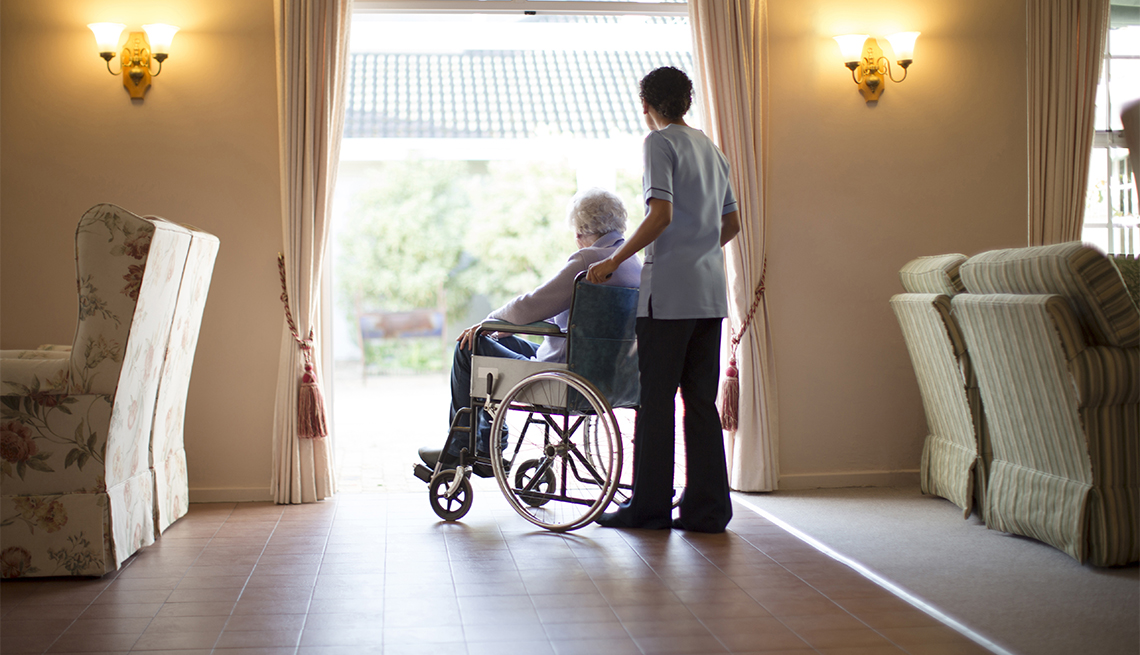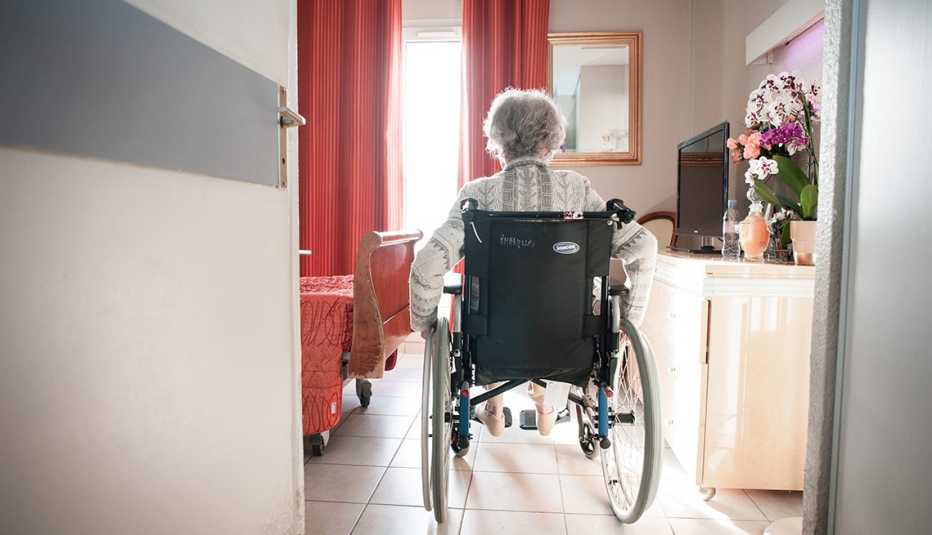Staying Fit
Even before the coronavirus killed some 30,000 people in U.S. long-term care facilities, infection control deficiencies in nursing homes were “widespread” and “persistent,” according to a report released Wednesday by the U.S. Government Accountability Office (GAO), a federal watchdog agency.
The report found that 82 percent of nursing homes surveyed between 2013 and 2017 were cited for an infection prevention and control deficiency in one or more years. Around half of the homes were cited for the same deficiency in multiple inspections over the five-year period. “This is an indicator of persistent problems in these nursing homes,” the report said.


AARP Membership— $12 for your first year when you sign up for Automatic Renewal
Get instant access to members-only products and hundreds of discounts, a free second membership, and a subscription to AARP the Magazine.
The report found that surveyors for the Centers for Medicare & Medicaid Services (CMS), which regulates nursing homes, classified deficiencies as “non-severe” in 99 percent of the cases each year, meaning that residents were not harmed.
But behavior once classified as “non-severe,” like improper hand hygiene among staff, a nurse coming to work with a cough and fever, or failing to properly disinfect equipment before using it on another resident, can mean the difference between life and death right now.
"Many of these practices can be critical to preventing the spread of infectious diseases, including COVID-19,” said John Dicken, director of health care at GAO, in an interview. “We appreciate there are a lot of challenges currently, but these are basic practices that could be effective in helping to limit its spread as well as prevent other infections.”
Around 1.4 million people live in the country's roughly 15,500 nursing homes, which have emerged as ground zero for the pandemic. About a third of U.S. coronavirus deaths have occurred in nursing homes. More than 150,000 residents have tested positive for COVID-19.
"It's absolutely outrageous that 8 out of every 10 nursing homes weren't following basic infection control procedures,” said AARP's Bill Sweeney, senior vice president of government affairs. “Americans living in nursing homes deserve so much better.”
"This report, once again, shows the urgent need for action in Congress to dramatically improve the safety and quality within these facilities, which must include PPE [personal protective equipment], testing and virtual visitation,” he said.




































































